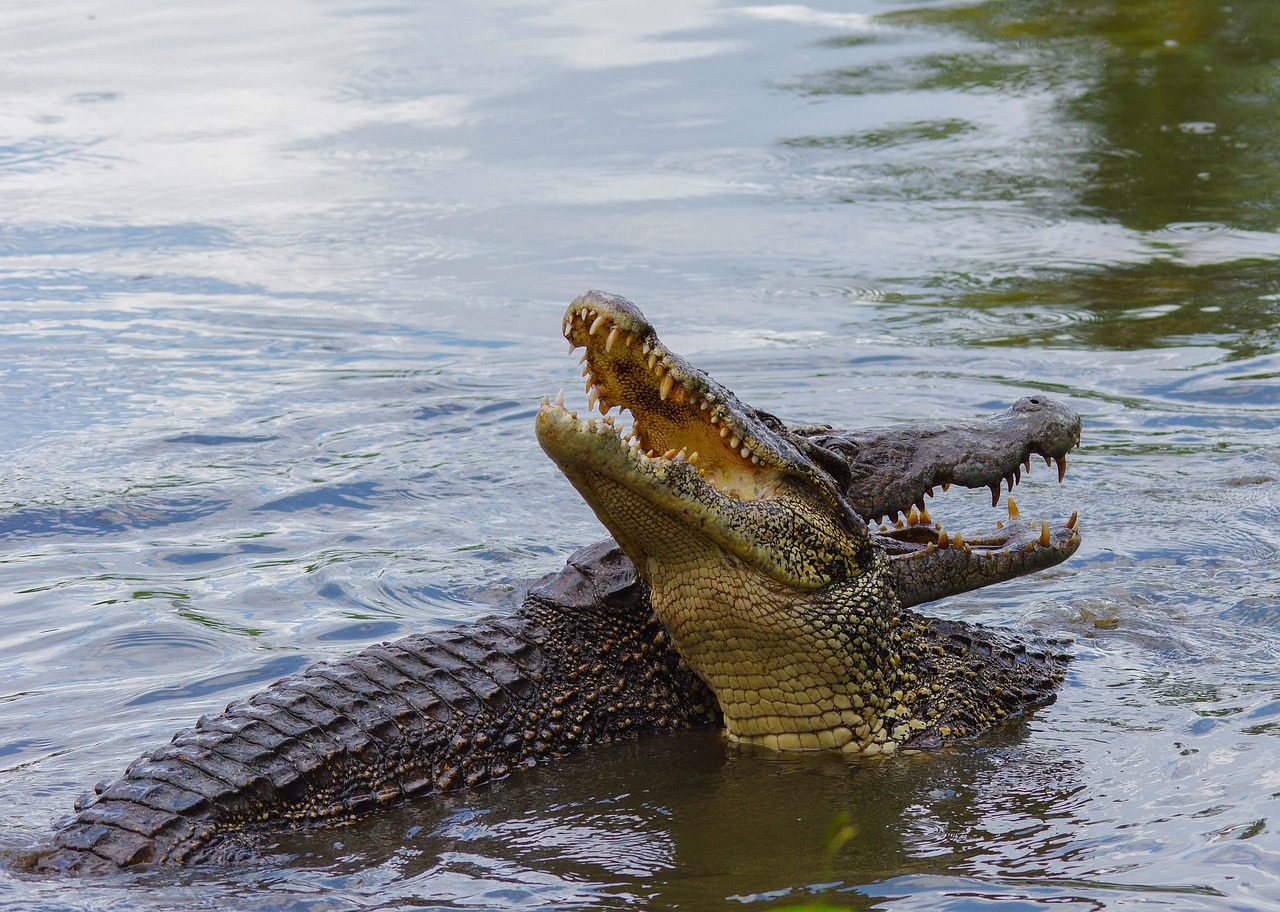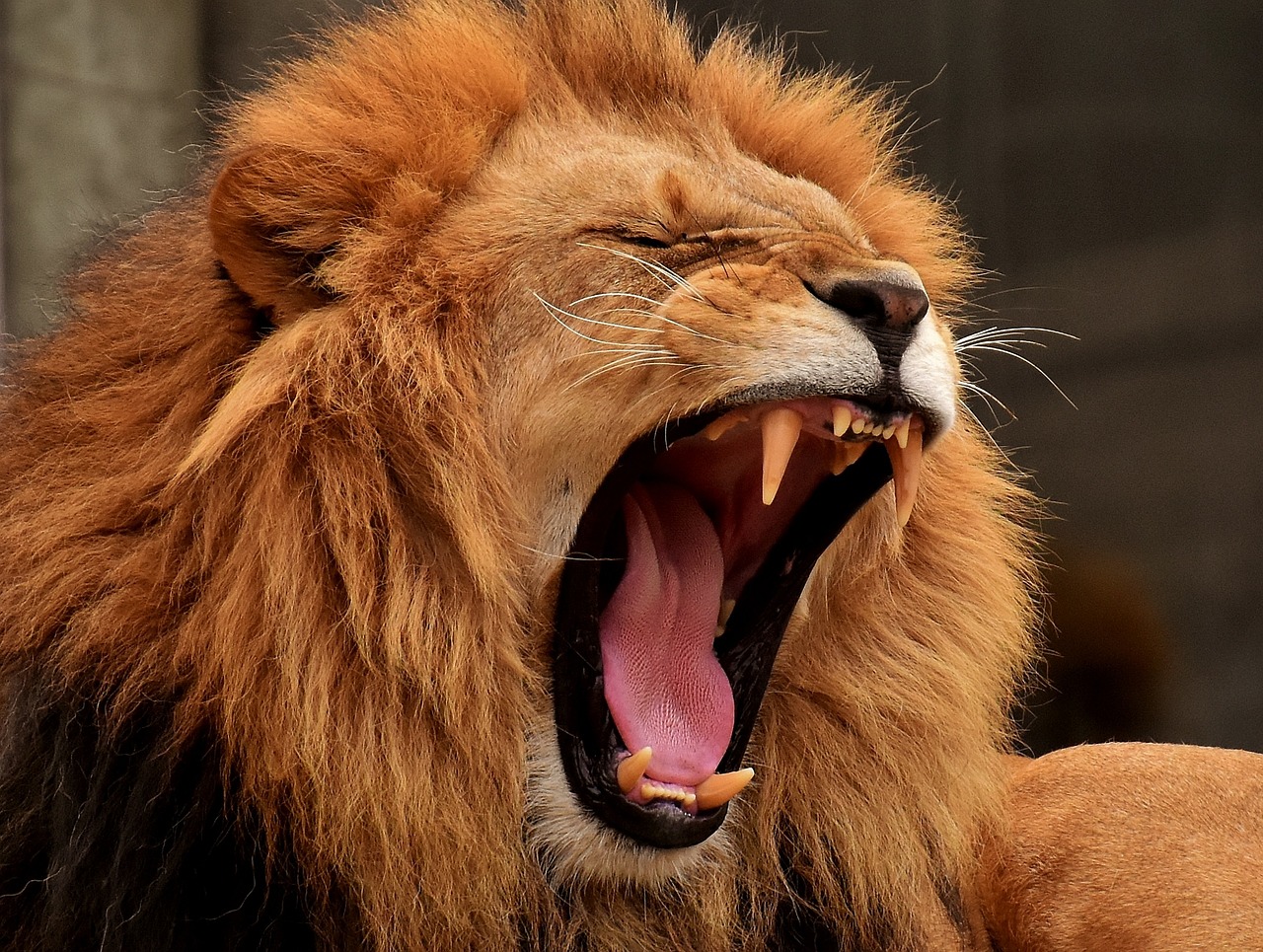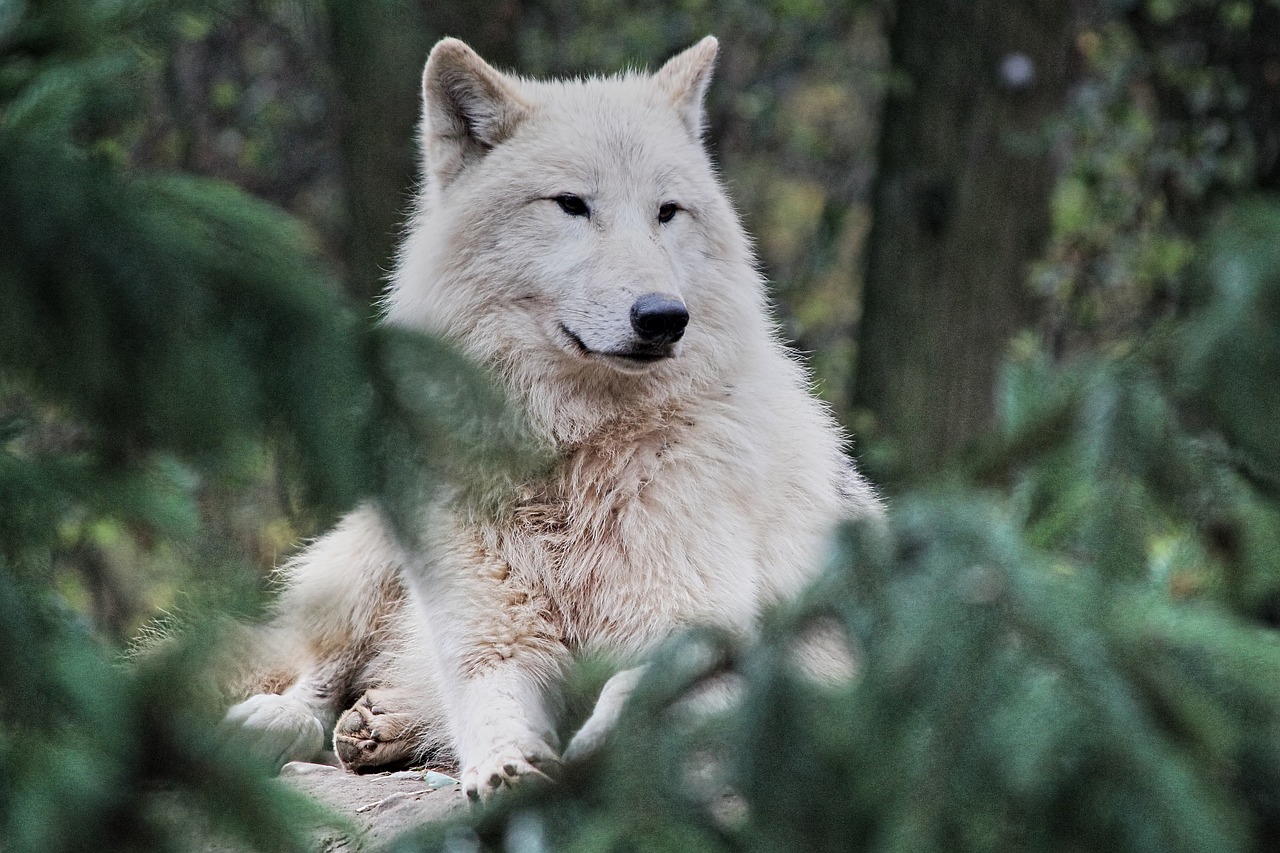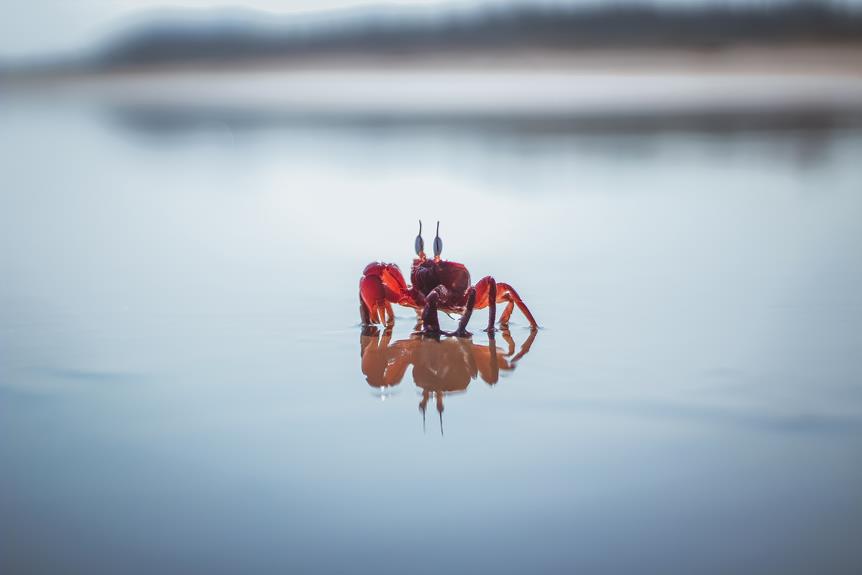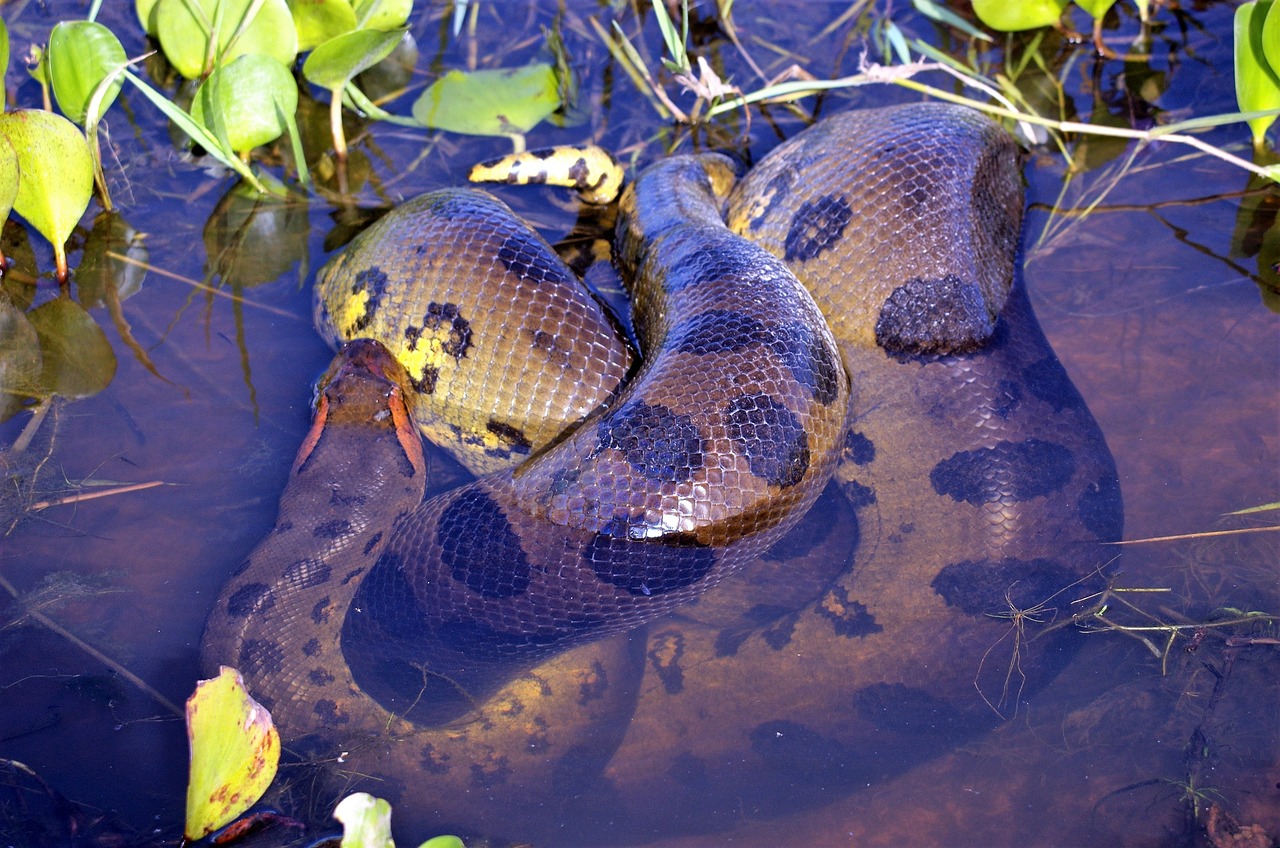
In the realm of dinosaurs, the duel between Spinosaurus and T-Rex captivates the imagination. These fierce creatures, part of the Tyrannosauridae family, have long fascinated scientists and enthusiasts. This article delves into fifteen key distinctions between these iconic predators, covering aspects like size, locomotion, footprints, speed, skull size, teeth length and shape, bite force, classification, habitat, behavior, diet, and extinction.

